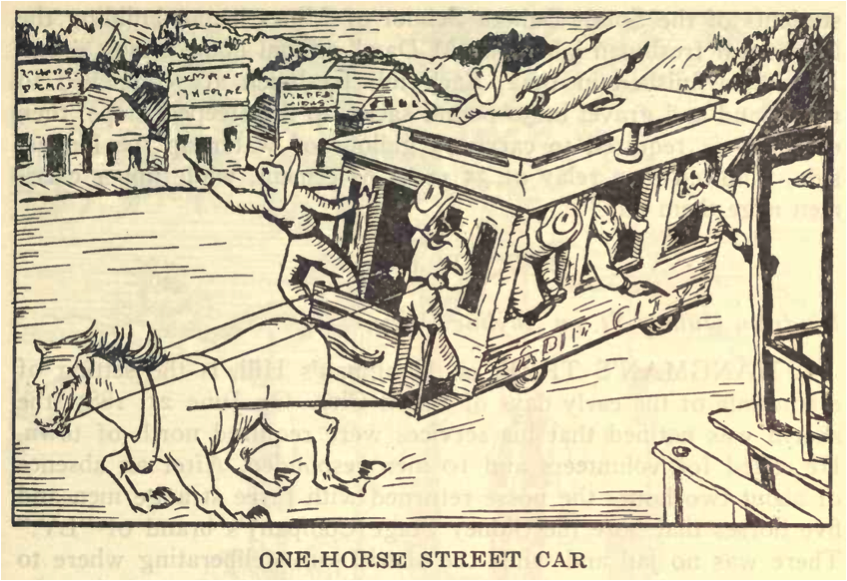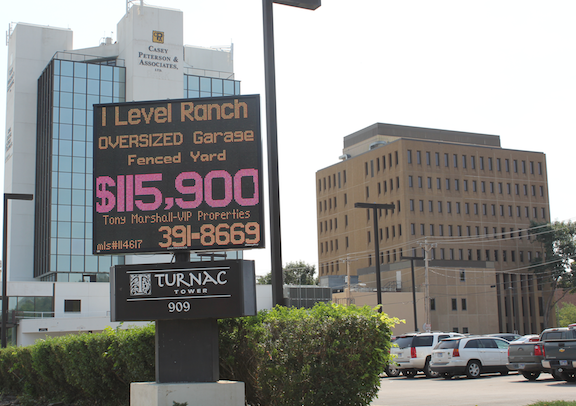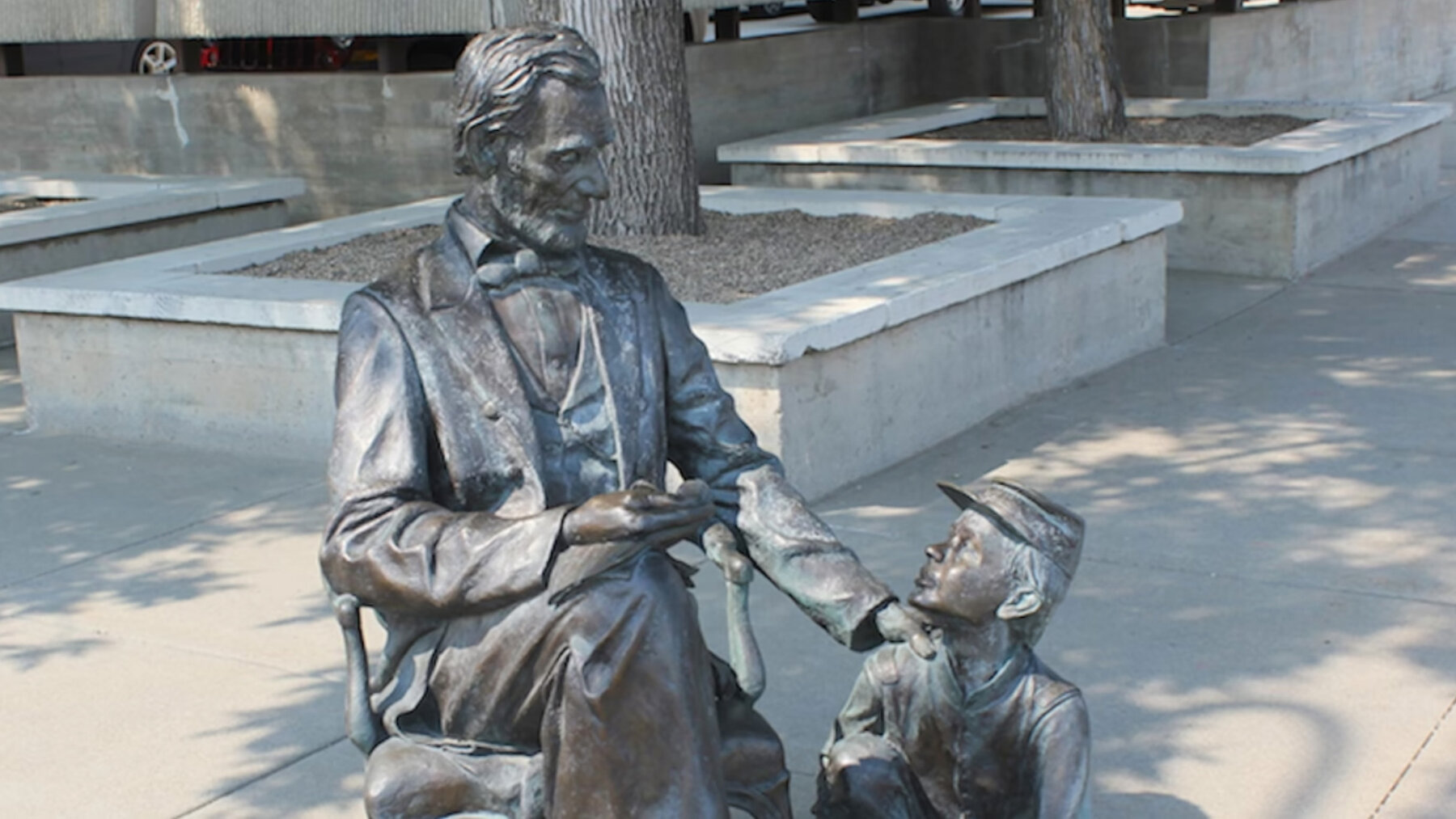As our journeys go on, my wife (Deborah Fallows) and I will be reporting what we’ve seen, learned, wondered about, and been corrected on. Meanwhile John Tierney, from his base in Boston, will be adding historical and cultural perspectives from time to time, starting with this one.
Atlantic readers know John Tierney from his popular and trenchant posts as an Atlantic correspondent, many of them about education. For example: one about AP courses, and another on the dramatic changes in store for public schooling. He taught American government for many years as a professor at Boston College, and then became an independent-school teacher in the Boston area. For clarification, I should point out that he is not the John Tierney who has been a Congressman from Massachusetts for many years, nor the other John Tierney who has been a columnist for the NYT. Similarly, I should proudly clarify that his wife, the energy-policy expert Susan Tierney, also is my little sister.
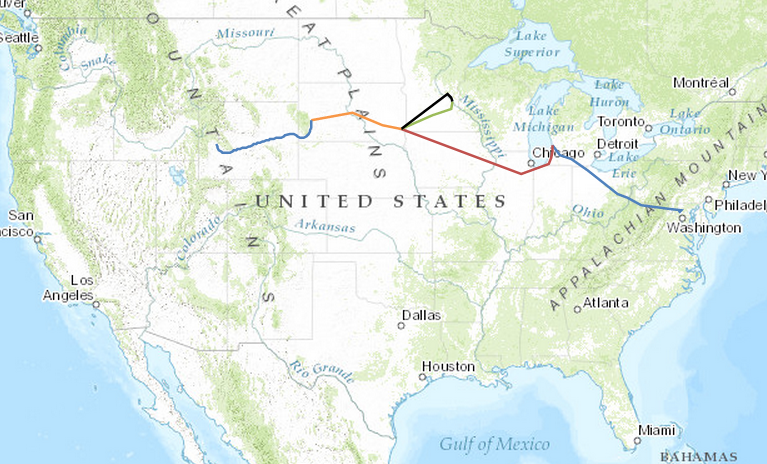
That theme is the amount, and the diversity, of the efforts people are putting into reviving their downtowns. As a citizen I’ve become used to this depressing iron law of small town life: The big-box malls move in, and the downtown dies out. But we’ve been hearing about places where downtowns have fought back. Rapid City has a significant tourist economy, for visitors to nearby Mount Rushmore, and over the past decade it has pushed a tourist-oriented downtown revival with its Rushmore-related identity as “City of Presidents.” Thus there are life-sized statues of presidents #1 through #43 on corners through the downtown, many in surprising or whimsical poses. Some of them are hard to identify until you peer at the plaque. The one above is easy; the one below might be a test.
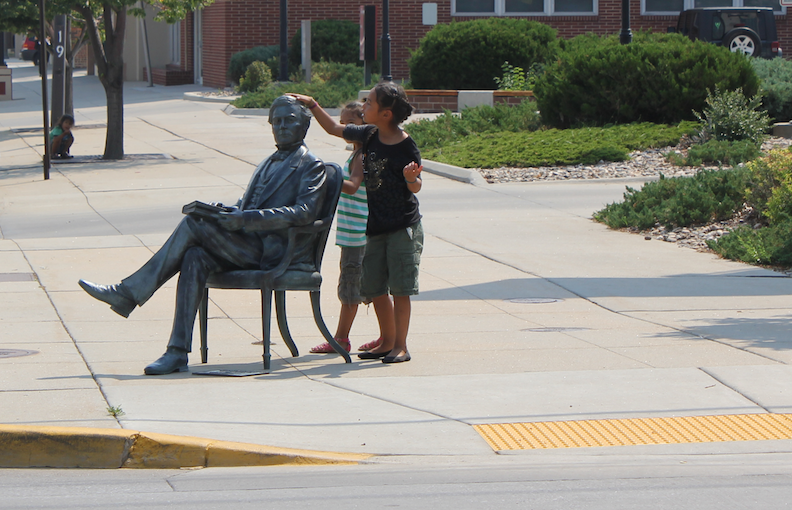
By John Tierney
One of the things that makes it worthwhile to visit small American cities away from the busy urban centers of the coasts is that in many cases the history of the place still stirs the imagination: questions about settlement have not been rendered all-but-invisible by development. So one wonders, How was this place settled? Who came here? Why? How?
When you tour Washington, DC, New York City, San Francisco, or Los Angeles, those aren’t the kinds of questions that come to mind. But when you’re in a place like Rapid City, SD, they do. Pushed up against the eastern slope of the Black Hills, Rapid City (known as just “Rapid” to the locals) is a long way from big cities — 800 miles to Chicago and about 325 to Denver. The logistics of transportation long figured prominently in the calculations of people who wanted to go to South Dakota, settled originally by the Lakota Sioux Indians.
Getting to a relatively remote place like Rapid City is no longer an ordeal. But you pretty much have to get there by air, bus, or automobile. (Getting there on bicycle or on foot is also a possibility, of course, but is not recommended for the faint-hearted.) Motorcycle is still another possibility. Every year, hundreds of thousands of motorcyclists descend on Rapid City as they gather in nearby Sturgis for one of the world’s largest motorcycle rallies.
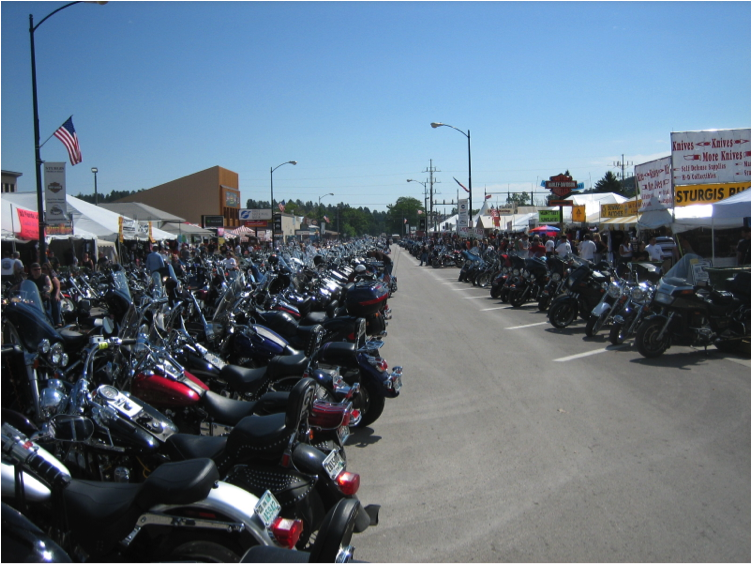


While South Dakota bears witness to the glory of American aviation, it also bears witness to the mixed record of its railroads: nationwide, freight rail is vigorous, while passenger rail is moribund in all but a select few metropolitan corridors. As anyone who travels in the great middle of the United States knows, there is an enormous amount of freight-rail traffic out there. One of the most common sights on a long road trip is of incredibly long freight trains snaking across the landscape. [JF note: And, yes, they roll through downtown Rapid City these days too. As visitors, we found the bells and loud horns interesting. The local people I asked about them said they no longer noticed, much as I barely hear the planes that pass over our house in Washington every 60 seconds on their way into National Airport.]
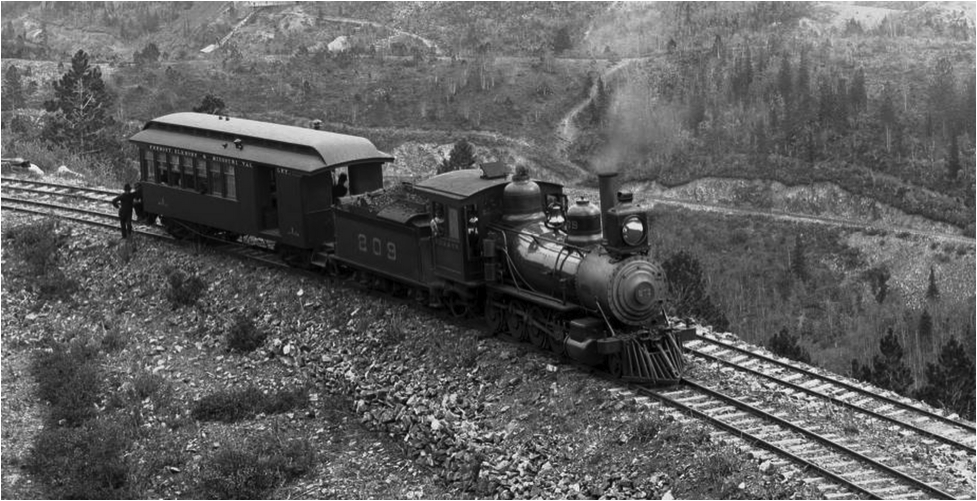
As the train pulled into the station, a faked stagecoach hold-up was enacted in sight of the passengers and the throng that had congregated to see the first train come in. The holdup was a joke for the “bandits,” but a serious episode for the passengers on the stage. Dr. Pierce, driver of the stage, had previously arranged with nine other men to rob the passengers as he drove a four-horse team up to the door just as the train pulled in. He had persuaded 10 or 12 unsuspecting young men who were generally well supplied with cash to ride with him on the stage to the depot. As the stage pulled up to the depot one “outlaw” grabbed the lead team and “buckled” it, so that further progress was impossible. The other “desperadoes” with six-shooters in their hands ordered the passengers out, lined them up, and took their cash, turning them all free after the job was completed. That afternoon and evening the former “desperadoes” were busy treating everybody, especially the innocent passengers.
Fourth-of-July hijinks are apparently not a modern invention.
Roads into and out of Rapid City are good. Interstate 90 skirts along the edge of town. Once on it, you can go all the way to Seattle in one direction, to Boston in the other. Greyhound and Jefferson Lines are two inter-city bus lines that serve Rapid City, connecting it mostly to other cities along I-90. There also are many tour-bus and charter companies that service the area and tour Mount Rushmore, the Crazy Horse Monument, and other sites.
Rapid City has a long history of trying to provide its residents and visitors with transportation. For about twenty years, roughly from 1887 to 1907, the city’s transportation system consisted of a “horse car” – a one-mile track, along which a horse dragged a car back and forth, carrying folks the length of town. The WPA history of South Dakota, quoted earlier, enlightens us on this, too:
The street car was a source of enjoyment to cowboys when they came to town. A story is told of one cowboy who, desiring to celebrate and entertain his friends, chartered the car for the day for $10, driving the horse through the streets amid shouts and shots from his friends. By mid-afternoon the company manager stopped the hilarious party and offered to refund the money if the cowboy would give back the car.
Here is the drawing that accompanied that text:
